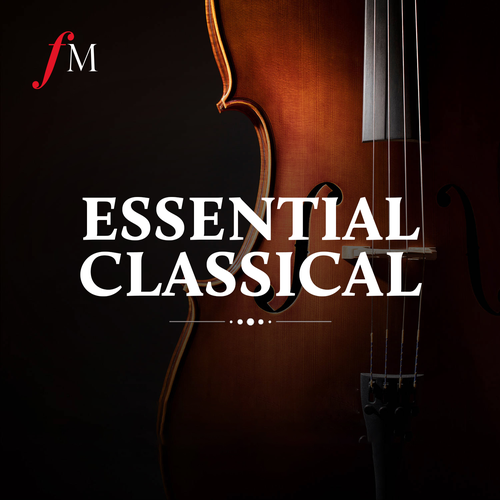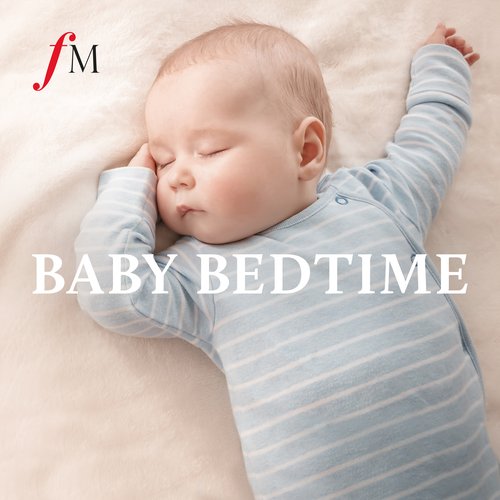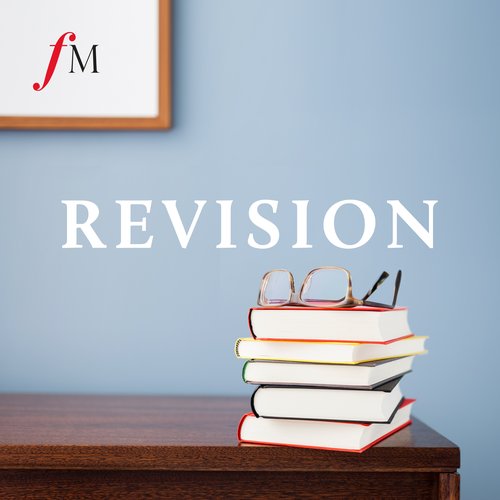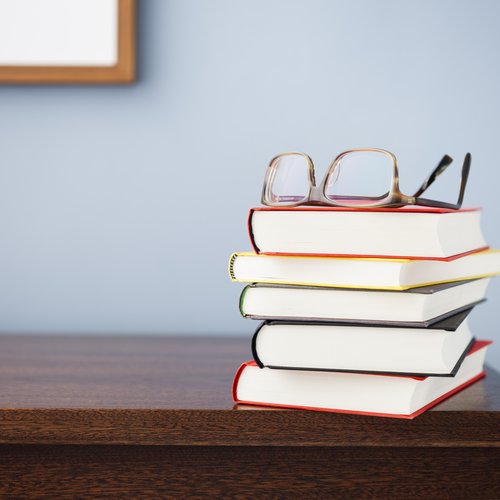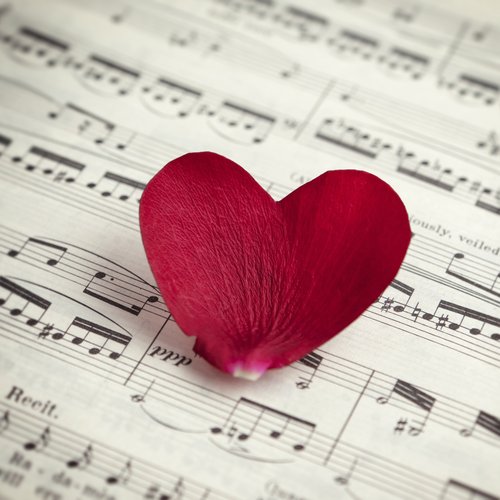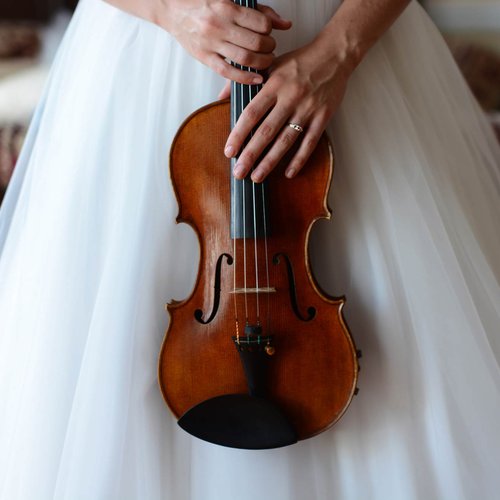5 artworks that inspired classical masterpieces
8 March 2019, 17:30
There has always been a harmonious relationship between music and art, so here are five classical composers who were inspired by beautiful paintings
This Sunday evening between 9-10pm, Classic FM presenter Catherine Bott explores some of the world’s greatest music on her show, Everything You Ever Wanted to Know About Classical Music.
In this week’s instalment, she's taking you on a stroll round an art gallery as she plays a selection of music inspired by influential artists.
Here are some of the paintings she mentions along the way…
-
'The Macabre Dance' by Giacomo Borlone
'The Macabre Dance'. Picture: Getty The saying goes that the devil gets the best tunes. And it seems that perhaps French composer Camille Saint-Saëns would agree.
His eerie 'Danse Macabre' was first performed in 1875 and was inspired by this sinister painting by artist Borlone. Both works are a reminder that death will come for us all.
-
'Stage design for the opera Ruslan and Lyudmila' by Viktor Hartmann
'Stage design for the opera Ruslan and Lyudmila'. Picture: Getty No musical art gallery would be complete without a painting by Viktor Hartmann. Hartmann's work was turned into music by his friend Modest Mussorgsky.
Mussorgsky's Pictures at an Exhibition is a suite of ten pieces composed for piano in 1874, and has become his most famous work.
-
'The Just Upright Man is Laughed to Scorn' by William Blake
'The Just Upright Man is Laughed to Scorn'. Picture: Getty In the early 19th century, the poet and painter William Blake produced a series of artworks illustrating the biblical book of Job, telling the story of a prosperous man tested.
Two movements from Vaughan Williams’s Job – A Masque for Dancing, were inspired by his paintings and engravings.
-
'The Rake's Progress' by William Hogarth
'The Rake's Progress'. Picture: Getty The Rake's Progress is an opera in three acts, written by Russian composer, pianist and conductor Igor Stravinsky.
The idea for the libretto came from eight paintings and engravings by artist William Hogarth, which Stravinsky had seen in 1947, in a Chicago exhibition.
-
'Adoration of the Magi' by Sandro Botticelli
'Adoration of the Magi'. Picture: Getty Ottorino Respighi’s Botticelli Triptych is about three very famous Renaissance paintings that hang in the Uffizi galleries in Florence. Respighi was a keen student of early music, so he included hints of the dances of an earlier time: the three paintings are The Adoration of the Magi, The Birth of Venus and Spring.





















